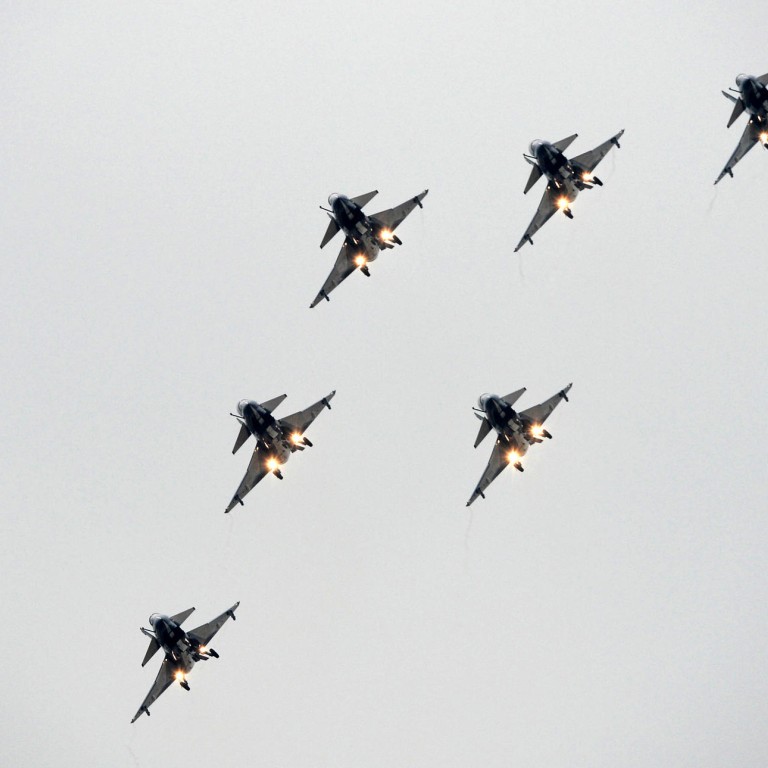
China edges out Germany to rank third in global arms exports
Nation edges out Germany in world arms market as it draws poor and pariah states with its low prices and friendliness to authoritarian rule
China has overtaken Germany as the world's third-biggest arms exporter, although its 5 per cent of the market remains small compared with the United States and Russia's combined 58 per cent, says a new study.
China's share of the global arms market grew 143 per cent from 2010 to 2014, the Stockholm International Peace Research Institute (Sipri) said in a report released on Monday.
This was up from 3 per cent in the 2009-2014 period, when it was ranked ninth among exporters of warplanes, ships, sidearms and other weaponry.
The data shows the growing strength of China's domestic arms industry, now producing fourth-generation fighter jets, navy frigates and a wide range of relatively cheap, simple and reliable smaller weapons.
China had long been a major importer of weapons, mainly from Russia and Ukraine, but its soaring economy and copying of foreign technology have reversed the trend. It now supplies weapons to 35 countries, led by Pakistan, Bangladesh and Myanmar.
Its advantages included its low prices, easy financing and friendliness towards authoritarian governments, said Philip Saunders, director of the US National Defence University's Centre for the Study of Chinese Military Affairs.
"China offers medium-quality weapons systems at affordable prices, a combination attractive to cash-strapped militaries in South Asia, Africa and Latin America," Saunders said.
Notable successes include a deal with Pakistan to produce the JF-17 fighter, widespread sales of the basic but effective C-802 anti-ship cruise missile, and an agreement to sell the HQ-9 air defence missile system to Turkey.
China had also exploited niche markets such as North Korea and Iran that the West would not sell to, said Ian Easton, research fellow at US-based Asian security think tank, The Project 2049 Institute.
Both those US foes appeared to have received satellite-jamming and cyberwarfare capabilities from China, along with systems to break into private communications and spy on government opponents, he said.
"All this should be very disconcerting to American policymakers and military leaders," Easton said, calling China's rise among exporters a "disturbing development" that could threaten the US and its allies' security.
China also offers leading-edge drone technology at competitive prices. CCTV quoted retired People's Liberation Army General Xu Guangyu as saying two years ago that one drone model, which can be armed with two missiles, cost US$1 million (HK$7.8 million) - about 10 to 20 per cent of the price of a comparable US model.
But there is still a yawning gap between China and industry leaders America and Russia.
The US retained a 31 per cent share of the global arms market, exporting to at least 94 recipients, mostly in Asia and Oceania, Sipri said. Russia was second with a 27 per cent global share, most of it went to India - the largest arms importer - and China.
Sipri uses a five-year moving average to account for fluctuations in the volume of arms deliveries from year to year.
